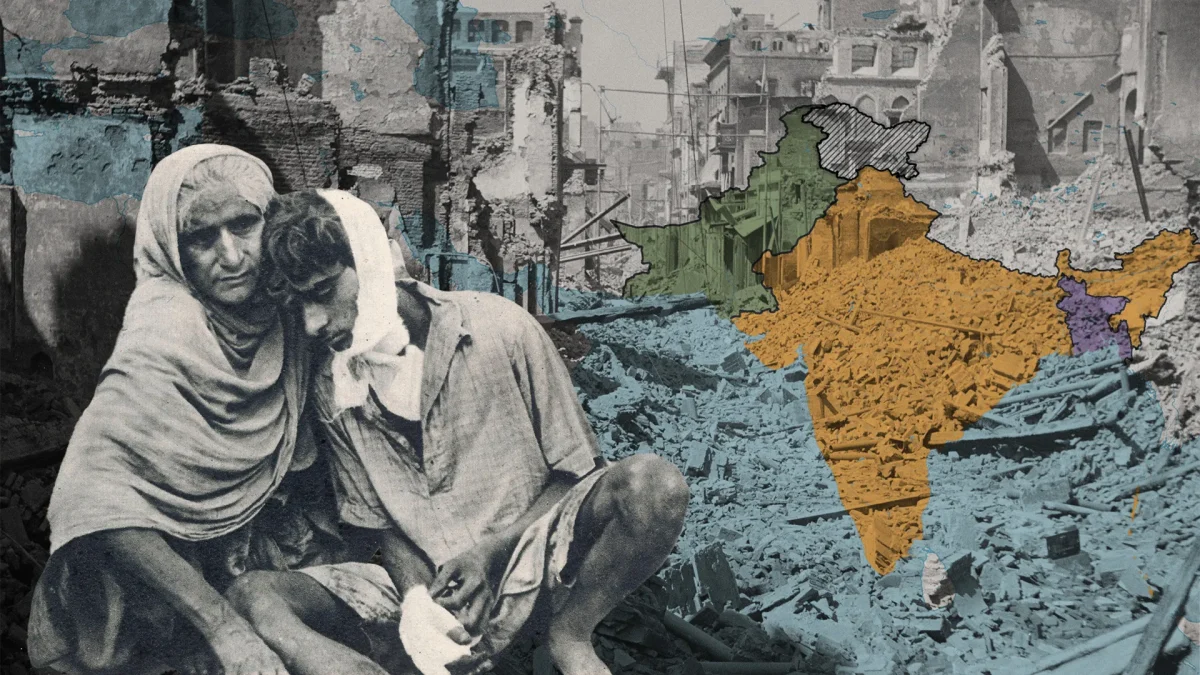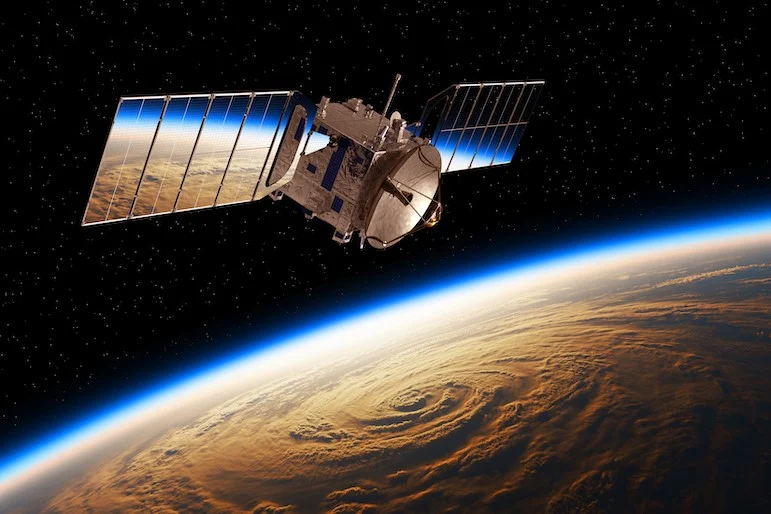Thanksgiving has changed a lot since the first celebration over 400 years ago. You may not know the history of the food we eat or what century it first appeared on American plates, but you are sure to find out in this delicious article!
The first Thanksgiving was in 1621. Four settlers were sent to hunt for food, but the Native Americans thought they wanted war. The Native American leader sent people out to see if this was true, but it wasn’t. The Pilgrims were only gathering food for their harvest. Knowing this, everyone decided to dine together. They ate venison, corn, squash, shellfish, berries, and roasted meat. It is also believed that early settlers hollowed out pumpkins, filled them with milk, honey, and spices, and cooked them in hot ashes– a primitive version of pumpkin “pie”.
Although early Americans continued to celebrate Thanksgiving each year, it was not until 1863 that President Lincoln declared Thanksgiving an official national holiday. At that time, Thanksgiving meals typically included roast turkey, stuffing, gravy, and pumpkin pie- remarkably, not unlike what we eat today. This was printed in the 1827 novel Northwood, which was written by Sarah Josepha Hale and provides a detailed account of a Thanksgiving meal served in the 1800s. People started eating turkey because it was easy to catch, therefore making it plentiful in markets. Turkey was also readily available on many American farms and large enough to feed a crowd.
In the early 20th century, the icebox had become readily available, so many people added chilled foods like oysters and ice cream to their Thanksgiving meal.
During World War I, wheat, sugar, dairy, and red meat had to be rationed and were hard to find. Because of food rationing, people had to forego cranberry sauce and pumpkin pie, but fortunately, they still had turkey. The soldiers ate oyster sauce, turkey, and vegetable sides.
Soldiers during World War II ate more traditional foods at Thanksgiving, including turkey, candied sweet potatoes, and cranberry sauce. This is when the jellied cranberry sauce came along. Along with these foods, they had some interesting side dishes. They also ate grapefruit and avocado salad with French dressing. This must have left them with an odd feeling in their stomachs because this salad was never seen at Thanksgiving again.
During the 1980s, the food evolved to what we know and love today – turkey, stuffing, cranberry sauce, mashed potatoes, green bean casserole, and pumpkin pie. People started eating green bean casserole in the 1950s, but many families included it on their menus in the 1980s.
Now, we aren’t limited to just these traditional foods but also additional dishes from the many different backgrounds and cultures of the American people from all over the world or even various regions of the nation.
I hope this article has left you “stuffed” with information and questions to ask the people you celebrate Thanksgiving with. What is the history behind the foods your family enjoys at Thanksgiving?






